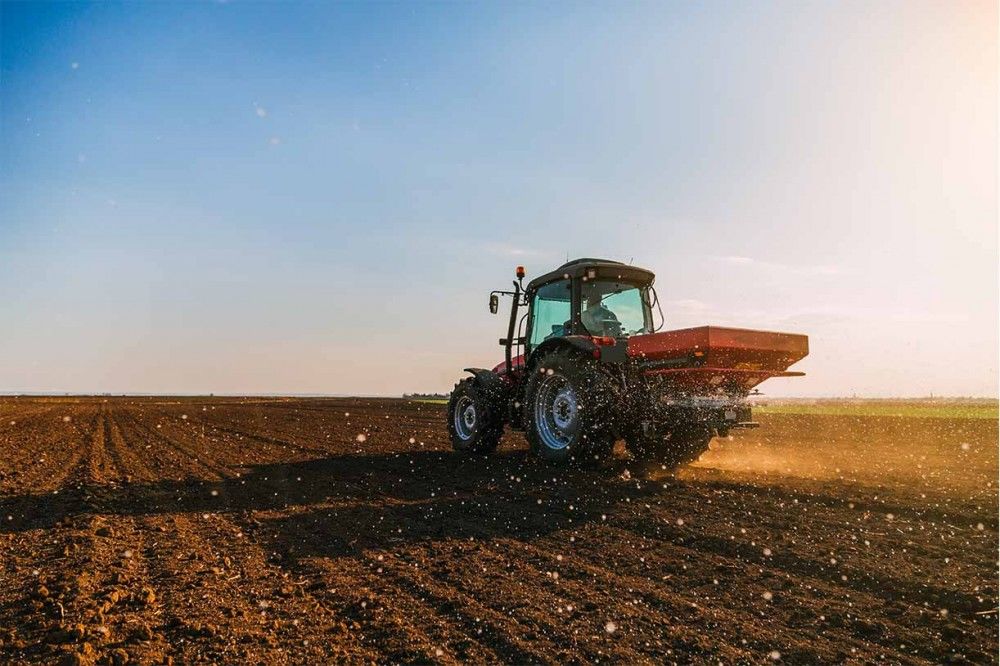The Importance of Potassium in Plants

Potassium (K)
Potassium does not enter the plant structure much like nitrogen and phosphorus. It mostly makes itself felt in some vital events of the plant. For example; It plays a role in adjusting the water potential of the plant and in the creation and transportation of carbohydrates. Apart from these, it also plays an active role in the transformation of amino acids into proteins.
Potassium affects many quality elements in plants. It is the most important element affecting fruit quality, color, smell, aroma, durability, hardness, resistance to diseases and storage length.
Potassium is taken into the plant body in the form of K + ion, and its deficiency, like nitrogen, first manifests itself in old leaves. Excessive potassium reduces magnesium uptake and causes the top shoot of the plant to slow down.
Functions of Potassium in Plants- It maintains water balance in the plant by adjusting the salt concentration and osmotic pressure of the tissues.
- It increases the resistance of plants to drought, frost and salt damage.
- It plays a role in transporting structures such as proteins and carbohydrates formed in the leaves of plants to the fruit and increases the yield and quality by filling the fruit.
- It helps the activity of many enzymes necessary for photosynthesis and respiration.
- It increases product quality. It is the most important element that affects the color, taste, aroma, hardness, storage stability and shelf life of the fruit.
- It first appears on older leaves. Yellowing appears on the tips and edges of older leaves, followed by drying (the leaf retains its green color).
- Older leaves are smaller. In advanced cases, most of the leaf dries but does not fall.
- A general water stress is observed in the plant. The plant is lifeless. Its development slows down.
- Resistance to diseases and pests decreases.
- The shape of seeds and fruits deteriorates, the quality of the fruit decreases, and the fruits become smaller and less palatable.
- Sandy light soils with high potassium loss.
- Soils with high lime content.
- Excessive amount of phosphorus in the soil.
- Soils with low potassium content
- Excessive rainfall, excessive flood irrigation.
